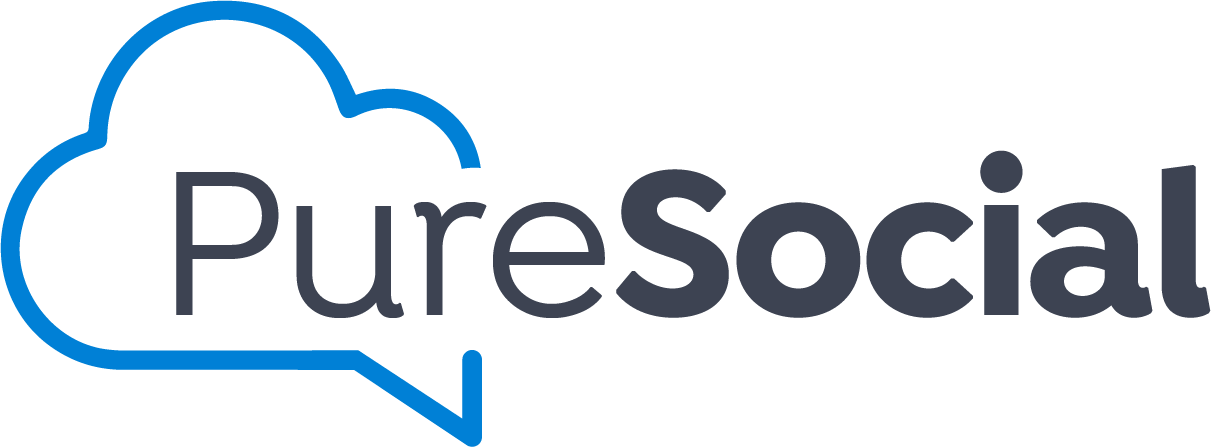Bastyon
A Revolutionary anti-censorship decentralized publishing and social platform. Based on the blockchain technology, it runs on a set of computers around the world, not controlled by any single entity. Self-policed by users with good reputation where nobody records your keystrokes, viewing habits...

bastyon.com
.
There was a certain Lunacharsky among the Bolsheviks' narcomom of enlightenment, whose confusing biography does not match his meaty nose in any way. Among his teachers, Lunacharsky names a certain Richard Avenarius, who introduced him to the foundations of Marxism. Under the influence of this person, the future drug lord wrote a two-volume book "Religion and Socialism", where the forgeries of manuscripts are told directly, including the codex that I talked about here. How did Richard learn about it? So he was the son of the one who forged the codex. Avenarius himself writes about this in 1877 in his "Trekhmesyachnike nauchnoi philosophie" (Vierteljahrschrift f;r wissenschaftliche Philosophie). That is, Lunacharsky knows that the codex kept in Russia, which is considered the autograph of the New Testament, is the most common forgery, born in England (they worked on it in Switzerland).
When the Bolsheviks needed money, Lunacharsky also included this "generally recognized world progressive humanity" document in the list of values.
In England they knew very well that he was not worth even a eaten egg, and therefore they refused to buy him. However, a "progressive society" rose up, which sincerely believed it to be the original. So the crooks stood before the threat of exposure and then preferred to buy this masterpiece. In general, a thief stole a dubinku from a thief.
The Bolsheviks agreed with the trustees of the British Museum to sell the codex for 100,000 pounds sterling (a little more than 500,000 dollars). The British government and the queen herself perfectly understood what they were buying and greed took over. Therefore, official London undertook to provide only half of the required amount, while the other half was collected by subscription, from donations and contributions from Americans interested in the purchase (!!!), as well as from private individuals and individual parishes throughout Britain. Let's just say that the government didn't pay anything, they just slapped the Americans, and you paid all the expenses. There is a scheme of usual oblaposhivaniya. The Pindos even asked to be sued, but at that time they were not yet modern USA.
A few days before Christmas, the manuscript was transported under guard to the British Museum. A thorough paleograficheskoe study of manuscripts carried out by the staff of the museum, X. Milne (N. J. M. Milne) and T. by Skeat (T. S. Skeat), and his results were published in a book entitled "Scribes and Corrections of Codex Sinaiticus", London, 1938. New information appeared about the c





 puresocial.cx
puresocial.cx

